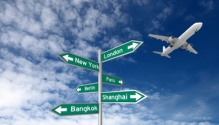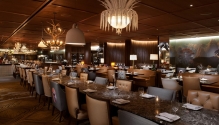
Features & Trends

Data & Insights

Columns

Latest News

Appointments

Hotel Signings

Hotel Openings

GM's Think Tank

Owner's Circle

From The CEO Lens

Features

Celeb Travel Diaries

Hotel

Restaurant

Architect Spotlight

Insights & Trends

Trends

Restaurants

Wines & Spirits

Meet The Chef

Travel Trends

Experiences

Destination

Boutique Blueprint

Hotels

SOH What's On
- Magazine
- Magazine

Features & Trends

Data & Insights

Columns

Latest News

Appointments

Hotel Signings
